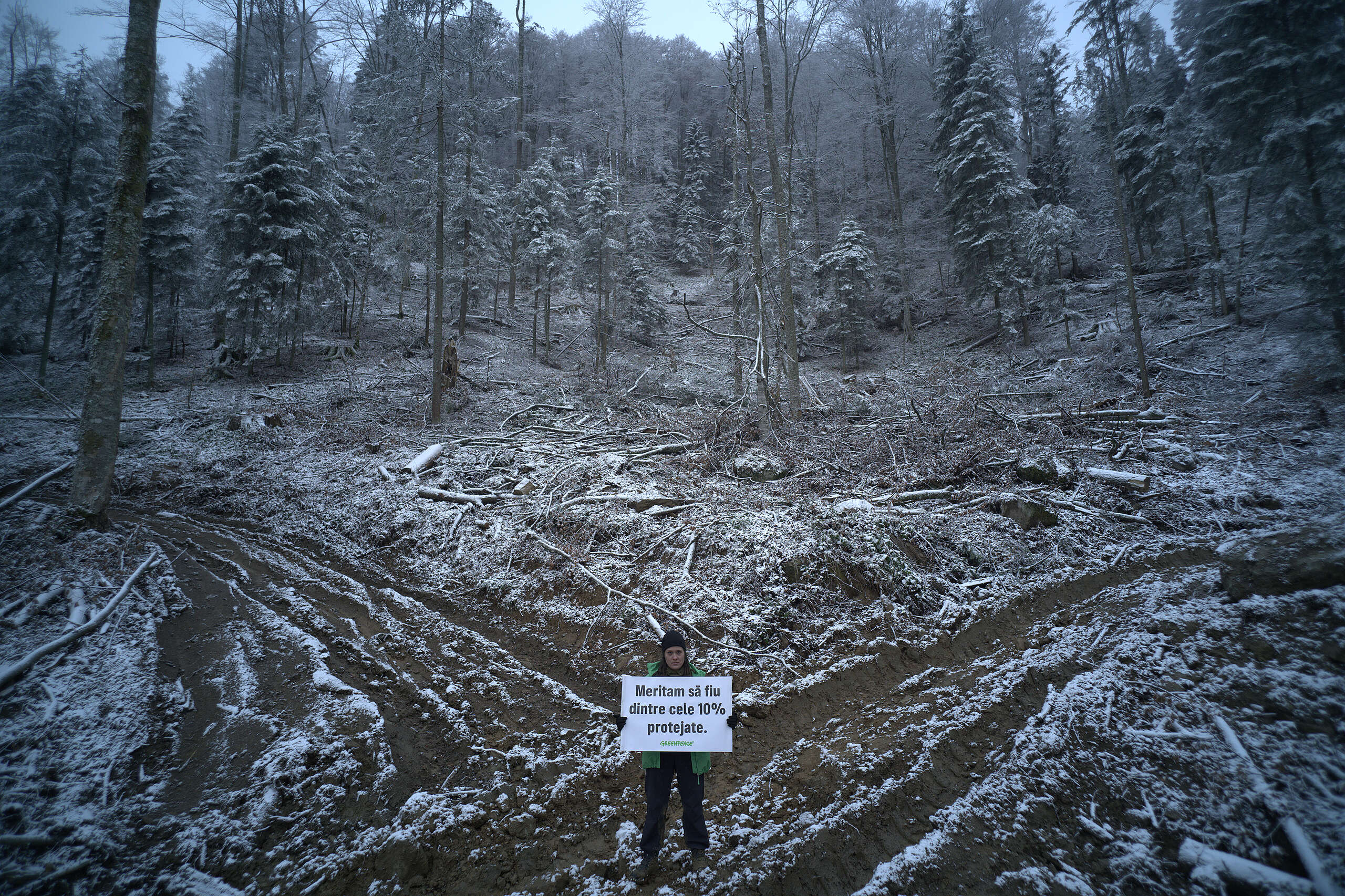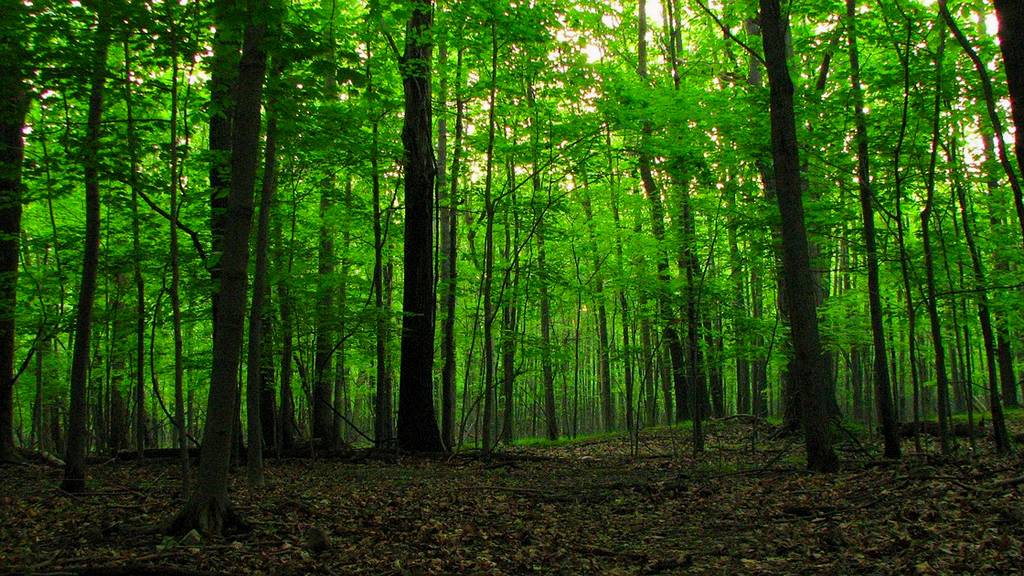The organisation identified almost 300000 hectares of potential primary forests
The Romanian Carpathian mountains are covered by the most vast primary forests in the temperate zone of the European Union. These forests are a part of our history and cultural identity. They are the remains of endless forests that once covered over 80% of the territory of current Romania. In these forests approximately 13000 species live, including the largest bear population in Europe, rare and endemic species and large carnivores, such as the wolf or lynx. Here, all living creatures, including the trees, live in a balance that resulted after thousands and thousands of years of evolution.
What is happening with the primary forests in Romania?
In spite of all this and of their importance for Europe and Romania, the primary forests are still degraded, either because of lack of knowledge, or simply because of lack of responsibility towards their value. We are witnessing the accelerated destruction of one of the most important patrimonial values that Romania has and that should be a central element of the country brand.
The study The Status of Primary Forests in Romania[1] is an analysis of the efforts made to save the primary forests in Romania and an update after the last partial inventory that took place more than 12 years ago (PIN-MATRA, 2005). It is worth mentioning that, for the first time, after a fundamental documentation, the study brings incontestable proofs about the area and historical dynamic of the primary forests of Romania.
The protection of primary forests in Romania can be done only by completing the Virgin and quasivirgin forests Catalogue[2]. In order to get here, these extraordinary habitats have to be identified and documented, within a national inventory. The first step is making a preliminary research that would offer an evaluation of the total potential area and of the degree of probability. Until the later, mandatory evaluation in the field, we need to act based on the prevention principle and to impose a moratorium on the areas identified.
The map of the potential primary forests made by Greenpeace Romania, together with the university of Eberswalde in Germany and the University Al.I.Cuza in Iasi is the first such evaluation made after the partial inventory in 2005 (the Pin-Matra project). Moreover, it is the first time at the European level that a remote sensing methodology is developed and tested in order to evaluate the old and intact potential primary forests.
How was the map made?
The realisation of the potential primary forests map took a whole year and meant the evaluation of almost 6,000,000 hectares. Together with our partners and specialists from the field we developed an analysis methodology for the satellite data that we adapted and calibrated taking into account our field experience in the identification of primary forests. The results in this first phase were later filtered and processed in correlation with the identification criteria of the primary forests that are recognised by the national legislation. At the end of the process we identified over 295,000 hectares of potential primary forests that can become the starting point for the realisation of the national forest inventory for primary forests in Romania.
`We expect that this exercise is considered by the Ministry of Water and Forests an invitation to quick and concrete actions for saving the primary forests in Romania. The first step in protecting these extraordinary ecosystems is making a preliminary evaluation that offers an estimation of the total potential area and restricts the area to be examined in the field for documentation. This is exactly what the Map of potential primary forests does,` says Valentin Salageanu, forest and biodiversity campaigner at Greenpeace Romania.
„ It seems to be a little unfair that the Carpathian countries that somehow did not damage their natural heritage in the past (as much as others did), now have a relatively higher responsibility for preserving the ancient forests. A business logic could be that Romania has the right to degrade its ecosystems for boosting socioeconomic development, as it was done in the past in Germany, the Netherlands, Belgium and many other countries. Indeed, Romania has the sovereign right to repeat the same mistakes committed by other nations. But it has also the opportunity to come up with a new approach and turn towards a more ecosystem-based model of sustainable development. Romania has a key role in the conservation of European forests – and a key opportunity to be Europe’s sustainable forest country No. 1.`– Prof. Dr. Pierre L. Ibisch, Professor for Nature Conservation
- Top counties where potential primary forests have been identified: Brașov 49,601 hectares; Caraș Severin 39,513 hectares; Argeș 38,918 hectares.
The highest density of potential primary forests is in the Natura 2000 site, in Fagaras.



